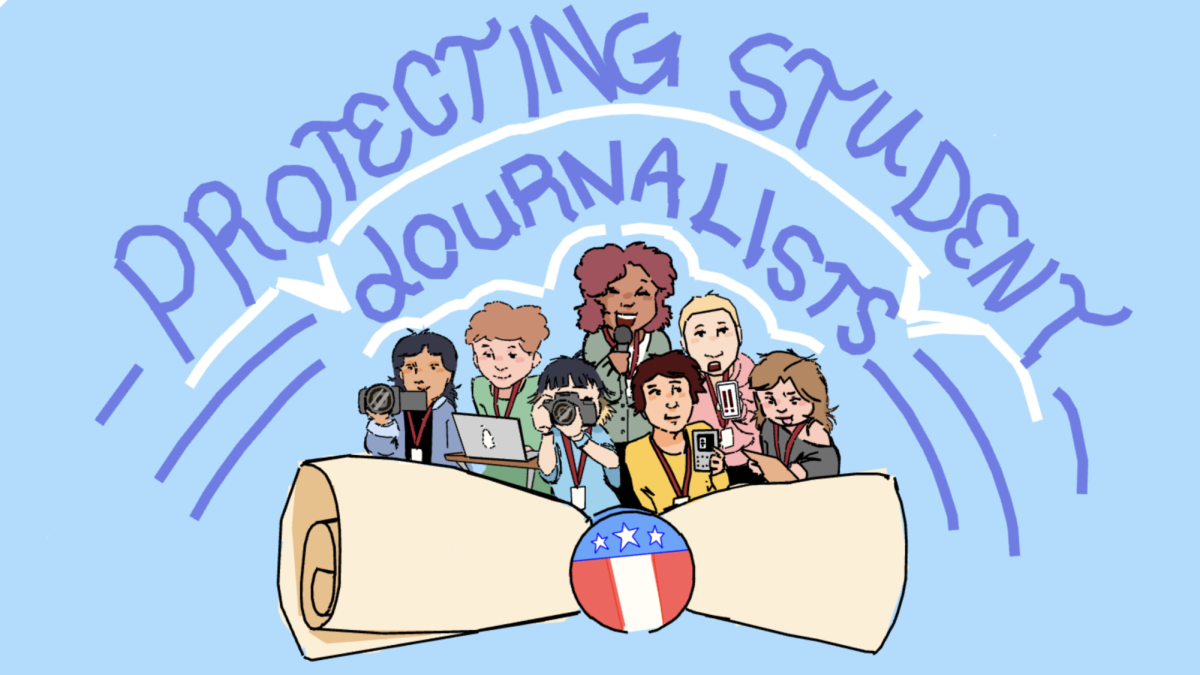[Opinion] School should be a year-long with longer breaks
Students believe the school year should be year long with longer breaks in between due to the benefits it would impose.
April 19, 2022
In the United States, the traditional school year begins in either August or early September, and lasts until the start of summer in late May or early June. The majority of states set the school year at 180 days, while some states keep it slightly under or above that number.
Some countries across the globe, such as Australia, have year-long school with longer breaks throughout instead of one long break for summer. These schools have around 200 active school days, an additional 20 days compared to the US school system.
The US has the shortest school year globally, with a generally three month long summer break gapping between school years. While many students enjoy this lengthy break from academics, in reality this break can pose a serious disadvantage to students.
The average student loses around 17-34 percent of learning gains during the summer since they are no longer using the skills they learned from the past year or attempting to learn any new skills. Typically once school starts up again, it can take a while for students to adjust to school, relearn material and prepare for their upcoming studies.
Year-round schooling has a school year that is around 11 months long with evenly four to six week breaks distributed along the school term typically in between trimesters, leaving a spring, winter and summer break.
In the past, the American school year was rooted in agriculture as children played a necessary role when it came to helping their families harvest the summer crops. In our modern society, the need for children to help out on the farm has been diminished, meaning that there is no real reason for such a long break over the summer months. This realization has sparked interest in the implementation of year-long schooling in US schools and research into the benefits it can pose to families and students.
Year-round schooling can bridge the gap between the school years, facilitating learning in a more structured organized manner which will greatly benefit students. Students who attend year-long schooling ultimately perform better in standardized testing and have more developed skills in both reading and mathematics.
Students can receive increased hands-on help with year-round schooling, as they have constant contact with their teachers. This can also alleviate student and teacher absences due to a more consistent school year with breaks spread out every few months.
Year-long schooling can also reduce student and teacher burnouts with consistent breaks throughout. Students can gain intercessions or creative courses in school and explore different courses they normally would not get the chance to with a regular American school year.
Japan, for example, has a trimester system and in between trimesters there are breaks placed, the school year is from April to the following March. Japanese education is highly effective as more than 95 percent of the population are literate in Japanese compared to the US that has 54 percent of adults ages 16-74 lacking literacy proficiency.
Students could benefit from the implementation of year-round schooling because it could improve facilities in schools and for the staff through having the school run for the majority of the year. Schools will also have reduced class sizes and overcrowding in schools and their districts will reduce as well since schools can stagger breaks so not all students are at school at the same time.
Longer breaks can also allow students a longer period to refresh and unwind from the daily routine of schooling. Usually, holiday breaks tend to be no more than two or three weeks long, and by dividing that lengthened summer break into more consistent breaks around the year students and their families will get an adequate break without compromising their overall education.
In all, the benefits of a year-long school year could drastically improve American schooling for teachers, families, staff, students and the school’s infrastructure.












